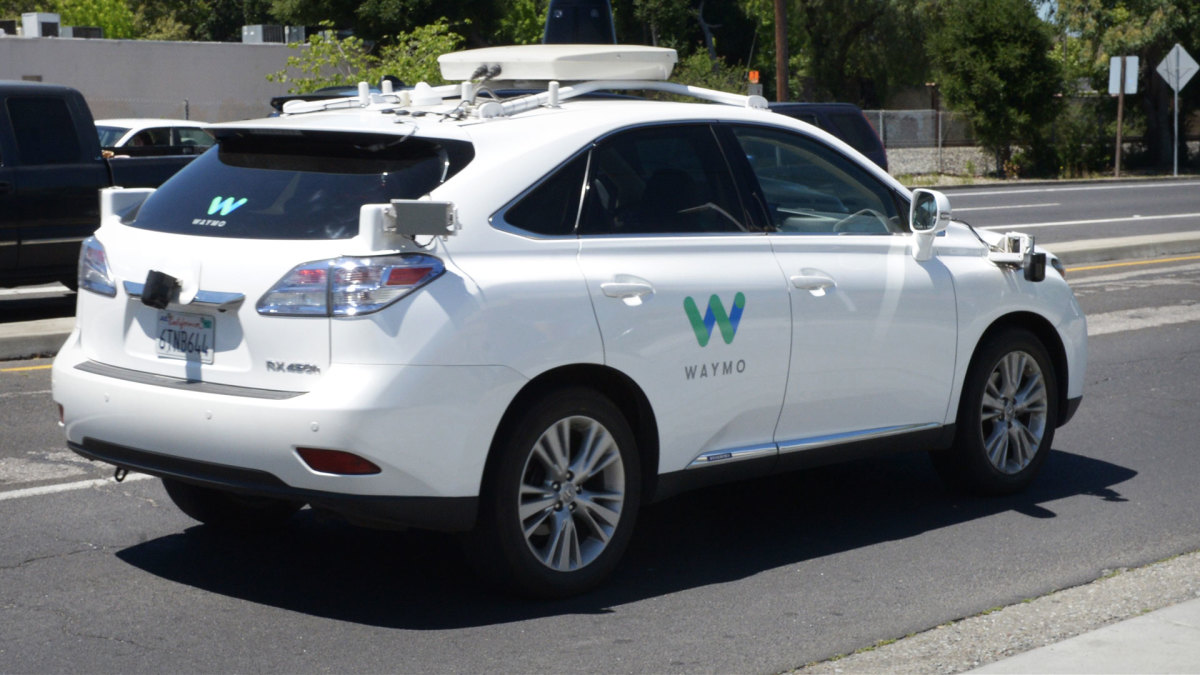Robotaxis may create a bigger problem for cities
This technology might cause more gridlock than it seeks to prevent, experts say.

Ark Invest (ARKK) - Get Free Report founder and CEO Cathie Wood is set on putting all her chips into new revolutionary technology, but experts just spoke out about potential problems ahead for one of her favorite big bets.
A recent joint op-ed in the San Francisco Chronicle by MIT professor Carlo Ratti and data scientist John Rossant warned that robotaxis will only make traffic worse in major cities in the United States.
Related: There's no need for new regulation to rein in AI, expert argues
Ratti and Rossant compared the advent of the robotaxi to the rise of ride sharing applications like Uber (UBER) - Get Free Report, using their research experience with the technology company on a collaboration that would eventually become Uber Pool.
They originally predicted that it was to going to take the drivers off the road and into the passenger seats of other people’s cars, therefore, keeping more cars off the road and freeing up roads and parking lots. Though it seems like a great vision on paper, they admit that they forgot to factor in human behavior and their transportation preferences, which produced results that they didn’t expect to see.
“Cars are more convenient and comfortable than walking, buses and subways — and that is why they are so popular,“ said Ratti and Rossant. “Make them even cheaper through ride-sharing and people are coaxed away from those other forms of transit.”
More technology stories:
- The company behind ChatGPT is now facing a massive lawsuit
- Prominent EV company says latest deal will be the first of many
- Apple makes a big new move with Elon Musk's Twitter
Additionally, they found that trips using ride sharing applications created far more traffic and close to 70% more carbon dioxide than the trips they displaced, while also increasing the amount of overall mileage. Andrej Sokolow/picture alliance via Getty Images
Though investors like Wood suggest that removing the human element in ride sharing would improve its efficiency, Ratti and Rossant suggest a different approach. The best way to make urban mobility more efficient is to improve the infrastructure that supports traditional car-free commuting methods like walking, biking, buses and subways, they said.
Furthermore, in their view, on-demand autonomous vehicles should only be considered a solution for “last-mile” connections between transit stops and homes, or for people with disabilities and the elderly. To make this vision feasible, they suggest local governments implement congestion taxes and fees to regulate both personal car use and the over-growth of autonomous taxi services.
As autonomous ride-sharing services provided by companies like Alphabet's (GOOG) - Get Free Report Waymo and General Motor’s (GM) - Get Free Report Cruise are propped up by investor cheerleaders like Cathie Wood, the effects of this new technology will come at a price: not just by investors and early adopters, but also drivers stuck in traffic.
Get investment guidance from trusted portfolio managers without the management fees. Sign up for Action Alerts PLUS now.
What's Your Reaction?


























































